The untourist’s guide to Europe: Warsaw
Editor’s note: Meenakshi Reddy Madhavan has long been one of our favourite writers and people. She also has the greatest virtue of a traveler: a wide-ranging curiosity and interests. Meenakshi is most serendipitously living in Berlin—so we shanghaied her into writing a series of personal, unique, ‘un-tourist’ guides to cities in her backyard.
In this installment, she guides us through Warsaw, a city we’ve all been sleeping on. The Polish capital is the kind of effortless cool we aspire to be: charming, historical, unassuming, and full of vodka shots and vegan sushi (don’t knock it till you try it!).
Written by: Meenakshi Reddy Madhavan
Warsaw is probably the coolest European capital you’ve never been to. Unlike Berlin, which is only a five five-hour train ride away, it’s not hyper-aware of its own coolness. Instead, it prefers to play it slow, letting the city unfold gently around you as you approach it, the long parks placed as a “by the way”, the excellent museums almost surprising. It mixes the Soviet era brutalism of the Palace of Science and Culture with the birthday cake baroque of the Wilanow Palace. The Old Town, almost flattened by the Nazis, has been painstakingly rebuilt and is now on the UNESCO World Heritage list.
I went to Warsaw a few years ago with a friend, and while most trips fade gently away from my memory within six months, this city stayed with me. My impressions of it were trendy and colourful; the people were friendly compared to the grumpy Berliners, and even the chilly spring wind—we visited in March—was made beautiful by flurries of snow which blanketed us as we walked down the wide avenues, making it the perfect weather for hearty Polish food and for spending our evenings tucked into one of the city’s many wine bars. 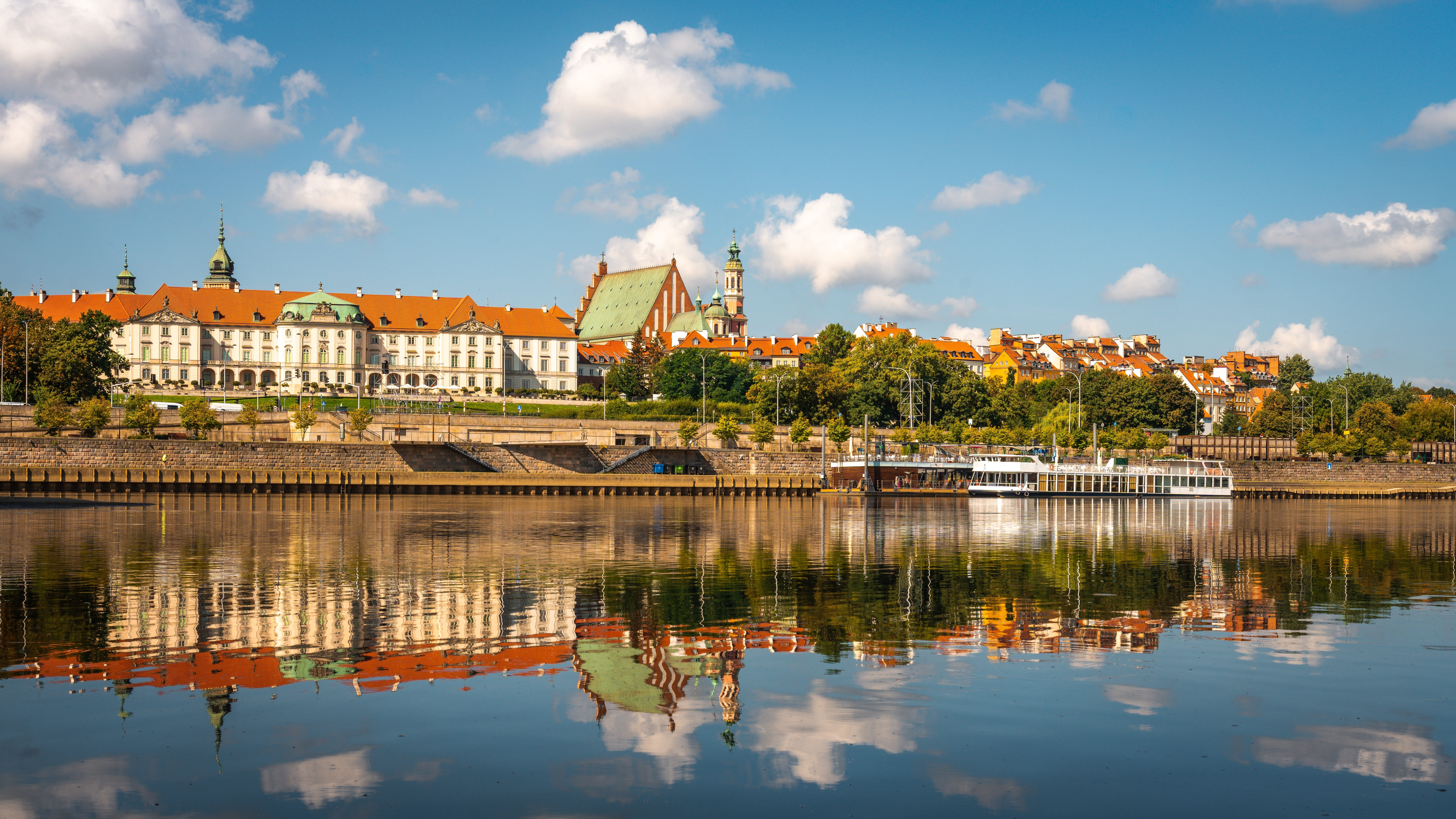
The city has a romantic beginning as well: some folk legends put the name down to a love story—a fisherman named Wars fell in love with a mermaid named Sawa and they settled on the banks of the river Vistula and started a family. Once you start looking for the mermaid, she’s everywhere: in the city’s coat of arms, holding a shield and a sword, as the subject of a famous statue both in the museum and replicated in the middle of the old town, even in the main meeting hall of the Polish parliament. I think it’s a fitting symbol for a city like this one: gentle at times, fierce at others, and sexy, definitely, through it all.
(NB: A word to the wise, Poland has its own currency, the zloty, and while some places accept the euro, most don’t. However, you can pay by card in most places, just check in advance.)
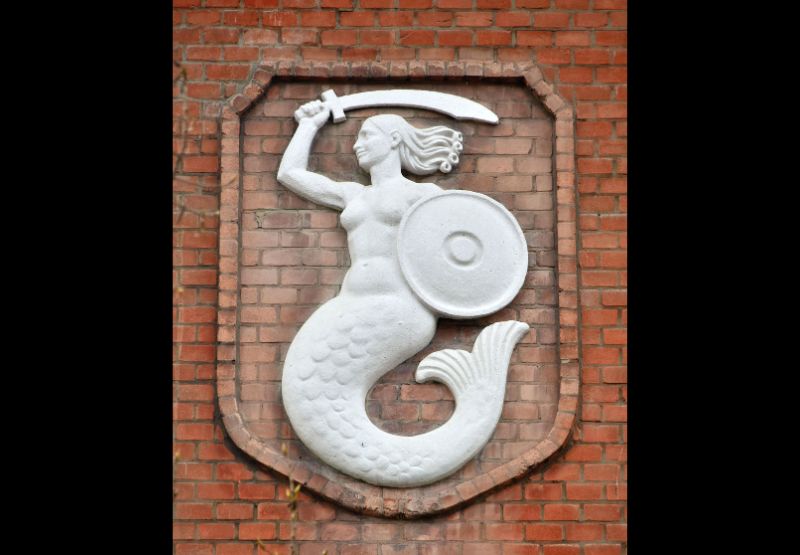
Where to stay
While the Old Town is really lovely, I’d recommend you stay a little more downtown for your trip so you can have easy access to both nightlife and public transport. The Śródmieście area is generally the hippest area for tourists, our Airbnb had a gorgeous view down the avenue all the way to the clock of the Palace of Science and Culture (more on this below.) Most museums are walking distance or a short train ride away. Prices are reasonable for high season, even better for low. (In August, when I checked for this column, a complete flat was 73 euro per night, and there are several cheaper options.) Praga is another great neighbourhood, close to the sights and very hip.
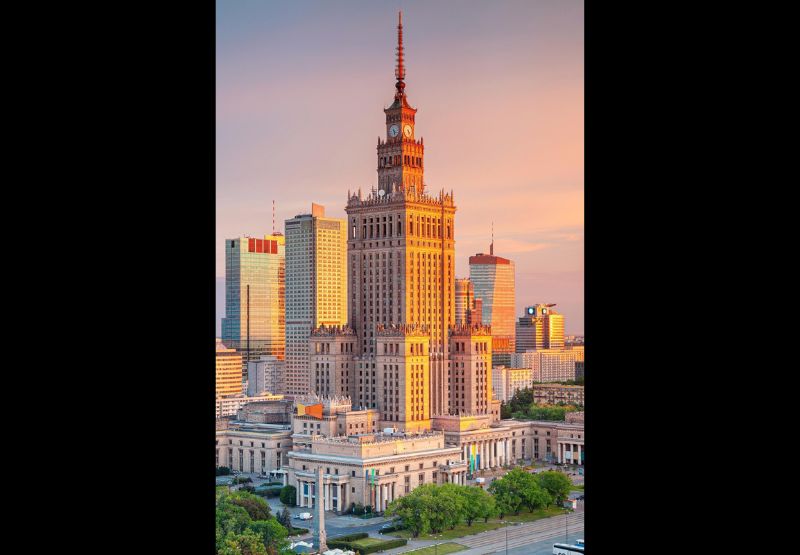 Booking a short short-term rental apartment in Warsaw seems a better option than the hotels, according to my research, but if you like hotels—and who can blame you? —you have your usual Ibis and Hampton by Hilton. Other hotels that came up again and again in my searches are Hotel Gromada Centrum (basic rooms, a Polish restaurant and bar on the property for traditional food you don’t have to go too far for).
Booking a short short-term rental apartment in Warsaw seems a better option than the hotels, according to my research, but if you like hotels—and who can blame you? —you have your usual Ibis and Hampton by Hilton. Other hotels that came up again and again in my searches are Hotel Gromada Centrum (basic rooms, a Polish restaurant and bar on the property for traditional food you don’t have to go too far for).
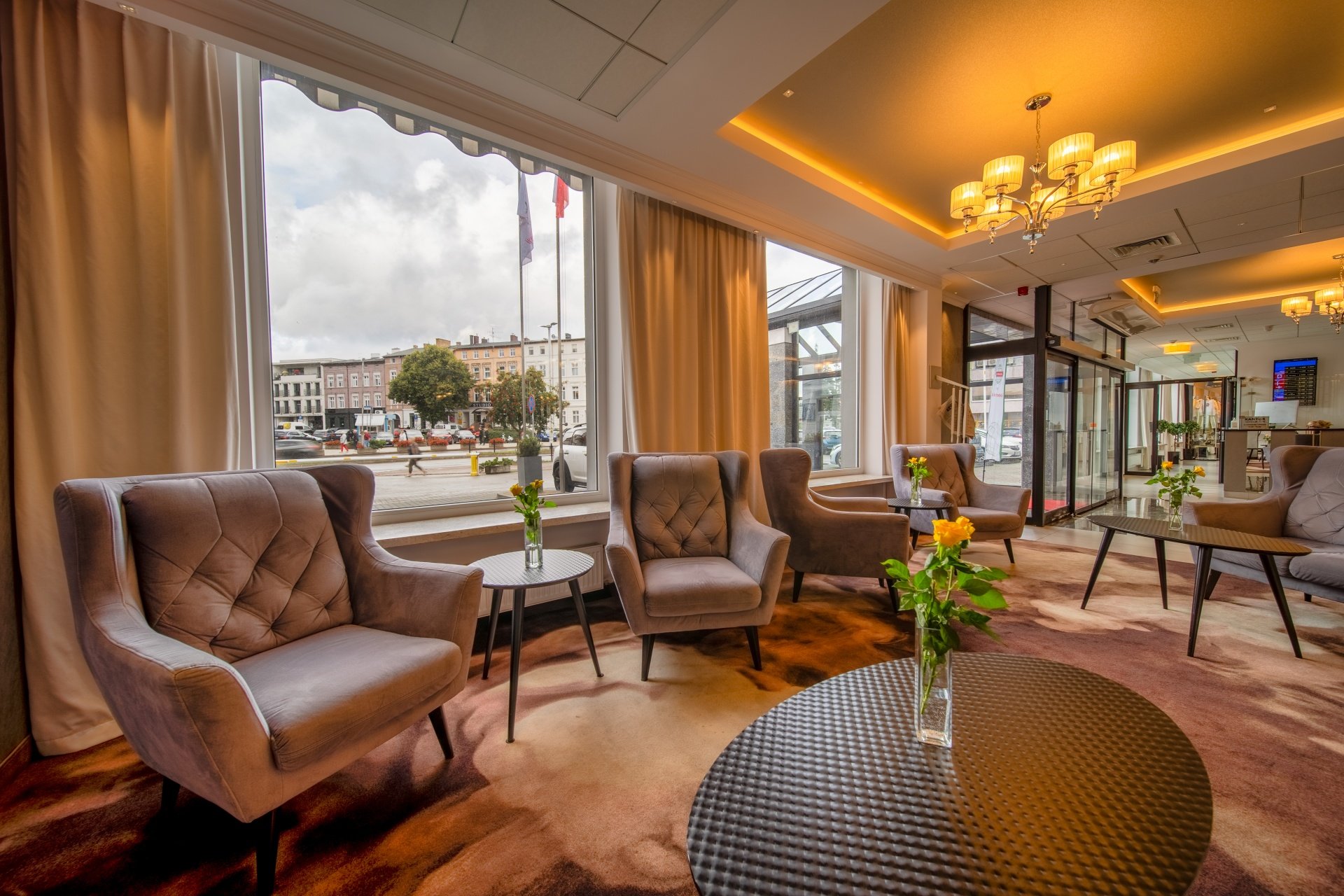 The Moxy (in the Old Praga district) is a bit more expensive, but has the advantage of being in a historical building, an old vodka distillery, with rooms—and a bar—to match.
The Moxy (in the Old Praga district) is a bit more expensive, but has the advantage of being in a historical building, an old vodka distillery, with rooms—and a bar—to match.
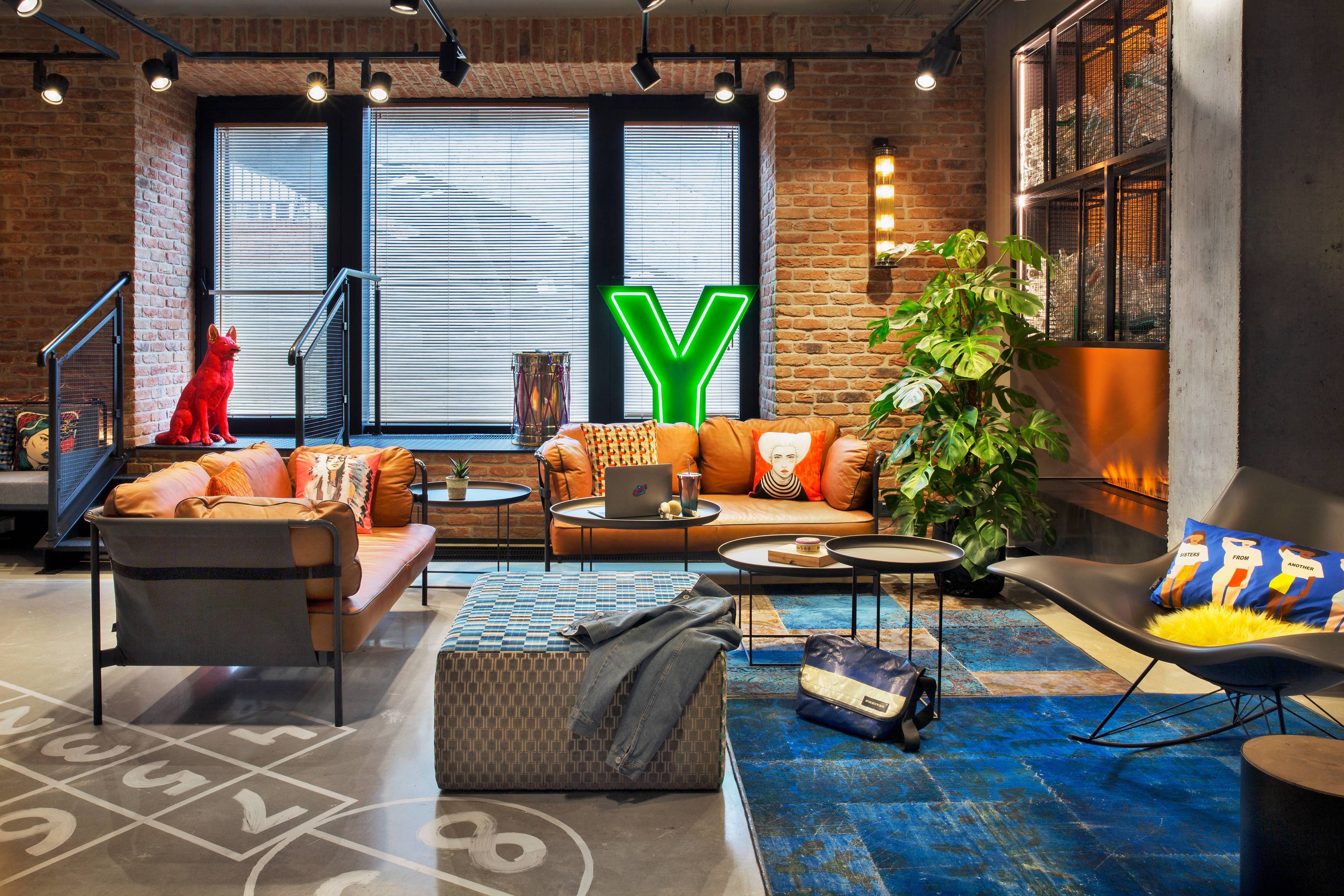
What to drink
Speaking of vodka, this is what the Polish capital is known for. There are several little vodka bars that specialise in this beloved-by-students drink. Vodka aficionados have probably already come across posh Belvedere, but those more in the know might also find Wyborowa familiar with its blue lettering. Be warned that the Polish drink vodka in shot glasses, not mixers, so if you want to blend in and also not be falling off your barstool, it’s best to have your own non-alcoholic beverage to sip between shots.
For other bars, Plan B (map) is a grungy large place with graffiti on the walls and a nice outdoor sit-out section, with live music from time to time. Bar Pacyfik (map) (see below) has good bar snacks—think shrimp tacos—and is known for their tequila and mezcal selection. Kraken Rum Bar (map) is a favourite with locals and expats, so expect to wait for a seat and your drink, but the vibes are worth it.
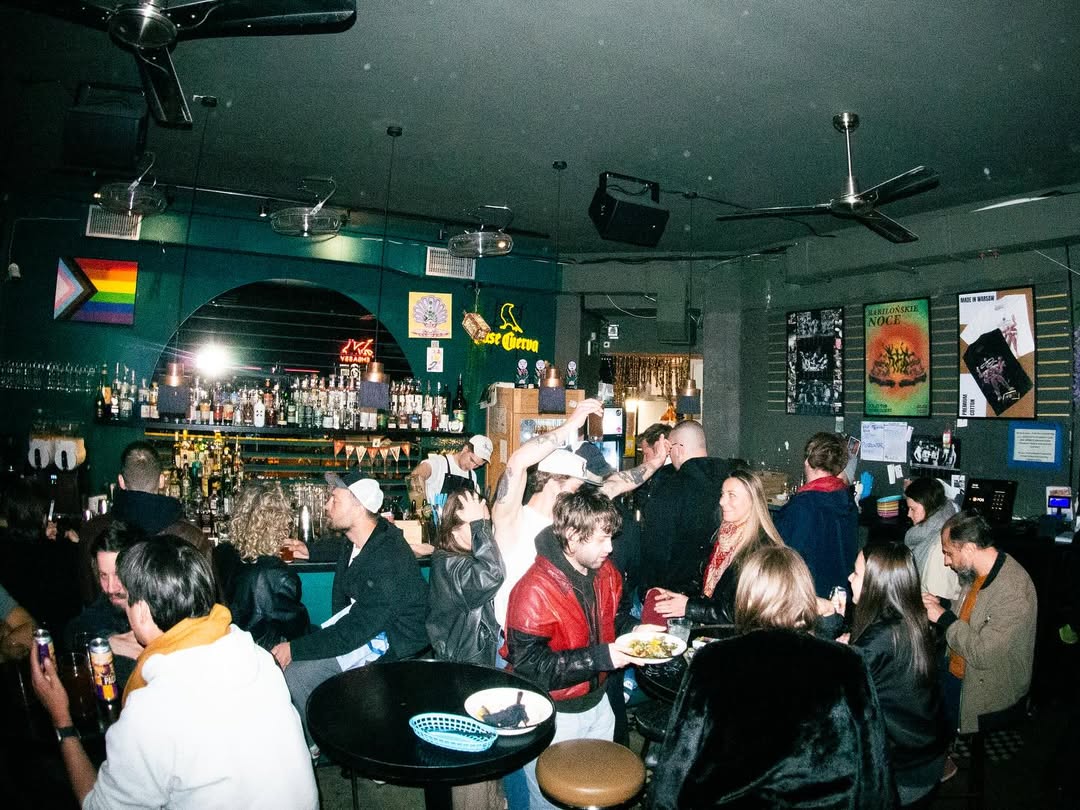 Since my friend and I were wine drinkers (and also in our forties), we visited mainly wine bars, of which Warsaw has several. I particularly loved Winem Powisle (map) with its selection of local wines and fantastic cheese board, plus the knowledgeable bartender who made sure to recommend what he thought we’d like.
Since my friend and I were wine drinkers (and also in our forties), we visited mainly wine bars, of which Warsaw has several. I particularly loved Winem Powisle (map) with its selection of local wines and fantastic cheese board, plus the knowledgeable bartender who made sure to recommend what he thought we’d like.
But perhaps you’re made of stronger stuff than us and you just want to get drunk. There’s a shot bar for that; actually there are several, but the one that comes recommended to me is Pijalnia Wodki I Piwa (map). Waiters in bow ties with old school Soviet vibes, the prices are cheap and the drinks are strong. (It’s a chain so there are other branches in other Polish cities as well.)
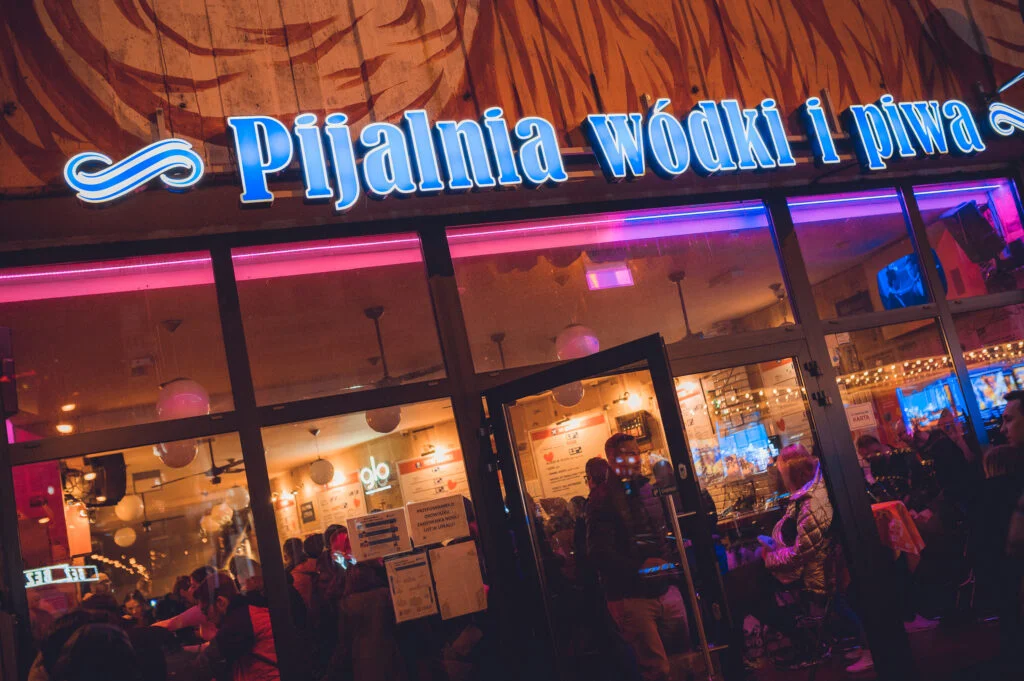
Where to eat
Traditional Polish food takes the form of hearty staples, your pierogi (stuffed dumplings), a special stew made from shredded meat, kielbasa (smoked sausage) and lots of soup. The best place to try a variety of dishes for low prices is at one of the Milk Bar (map), canteen-style establishments where you can look at the food laid out buffet style and make your choice.
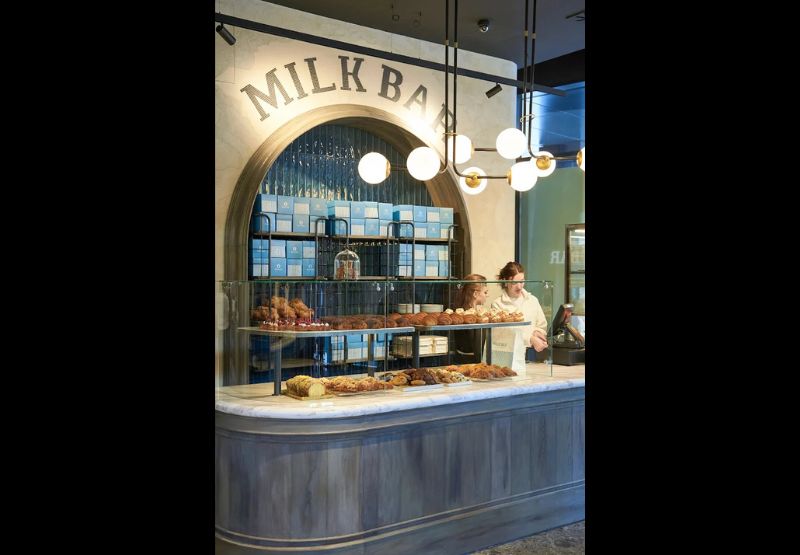 We went to Bar Mleczny Mleczarnia Bagatela (map) and also Prasowy (map), both with great examples of local food. For a more relaxed sit-down meal, Pyzy Flaki Gorące (map) is great, with a wide variety of just pierogis, but they also have other stuff on their menu.
We went to Bar Mleczny Mleczarnia Bagatela (map) and also Prasowy (map), both with great examples of local food. For a more relaxed sit-down meal, Pyzy Flaki Gorące (map) is great, with a wide variety of just pierogis, but they also have other stuff on their menu.
For more international fare, the Fabryka Norblina (map), an old factory turned food hall was great fun, loads of restaurant options to choose from—and bar stools where you can sit and chat and people-watch.
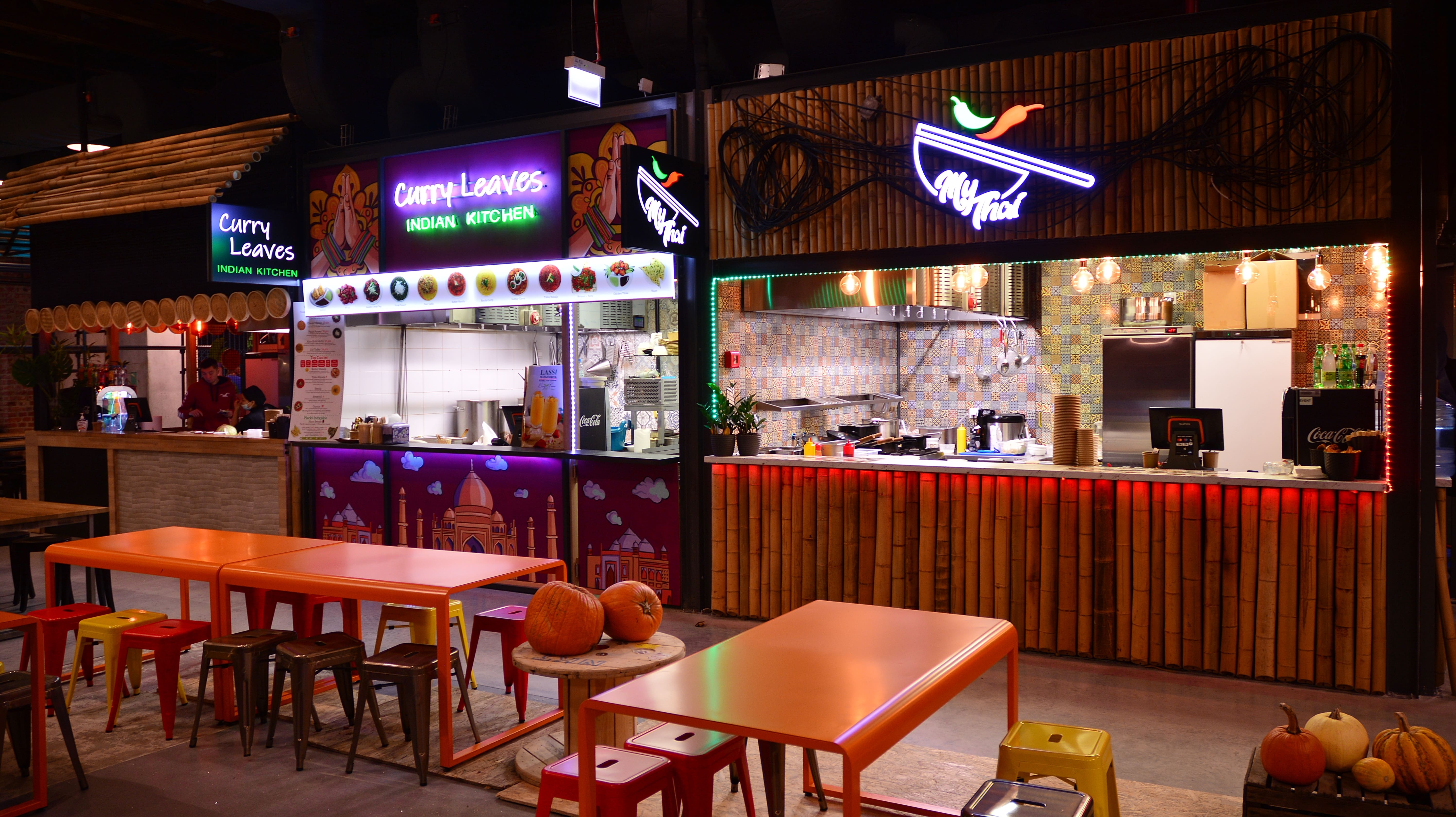 Vegetarians, take heart. Warsaw was voted one of the top vegan cities in the world by the vegan website Happy Cow and while we personally didn’t hunt out specifically vegan places, there are loads. I’ve heard really good things about Peaches Gastro Girls (map) which does vegan fusion food and, weirdly, Youmiko Vegan Sushi (map) is a number one recommendation for any vegetarians visiting the city, just in case you’re craving rice, which I often do when I’m away from home.
Vegetarians, take heart. Warsaw was voted one of the top vegan cities in the world by the vegan website Happy Cow and while we personally didn’t hunt out specifically vegan places, there are loads. I’ve heard really good things about Peaches Gastro Girls (map) which does vegan fusion food and, weirdly, Youmiko Vegan Sushi (map) is a number one recommendation for any vegetarians visiting the city, just in case you’re craving rice, which I often do when I’m away from home.
What to do
You’ll need to edit and prioritise your Warsaw list if you’re only there for a few days like we were, because there’s tons of stuff to see. I would definitely recommend the POLIN museum (map), Warsaw’s stunning museum of the history of Jewish people. It spans 1,000 years looking at the history of Jewish people in Poland including multimedia exhibitions, a history of migration, and even a reconstruction within the museum of the streets on which they used to live. A good way to look at history through the eyes of a specific set of people.
Just for the photo-op alone, you’ll want to go to the Neon Museum (map), which features about 100 neon signs from throughout Warsaw’s history. It has really good placards next to each exhibit, so when you’re not ’gramming it, you also get a pretty comprehensive overview of neon signage in Eastern Europe—extremely specific but delightful if you’re a fellow Wikipedia-rabbit-hole faller. If you’re not completely museumed out by this point, the National Museum of Warsaw (see below) is huge and sprawling, and features, among other things, an incredible collection of Polish design.
 Chopin is a son of the city, so naturally there’s concerts everywhere you look; someone is sure to hand you a flyer with details when you’re wandering around the Old Town. If you want more than just a concert, there’s also the Chopin Museum (map) which features letters, manuscripts, and even his old piano, plus multimedia exhibits where you can listen to his music.
Chopin is a son of the city, so naturally there’s concerts everywhere you look; someone is sure to hand you a flyer with details when you’re wandering around the Old Town. If you want more than just a concert, there’s also the Chopin Museum (map) which features letters, manuscripts, and even his old piano, plus multimedia exhibits where you can listen to his music.
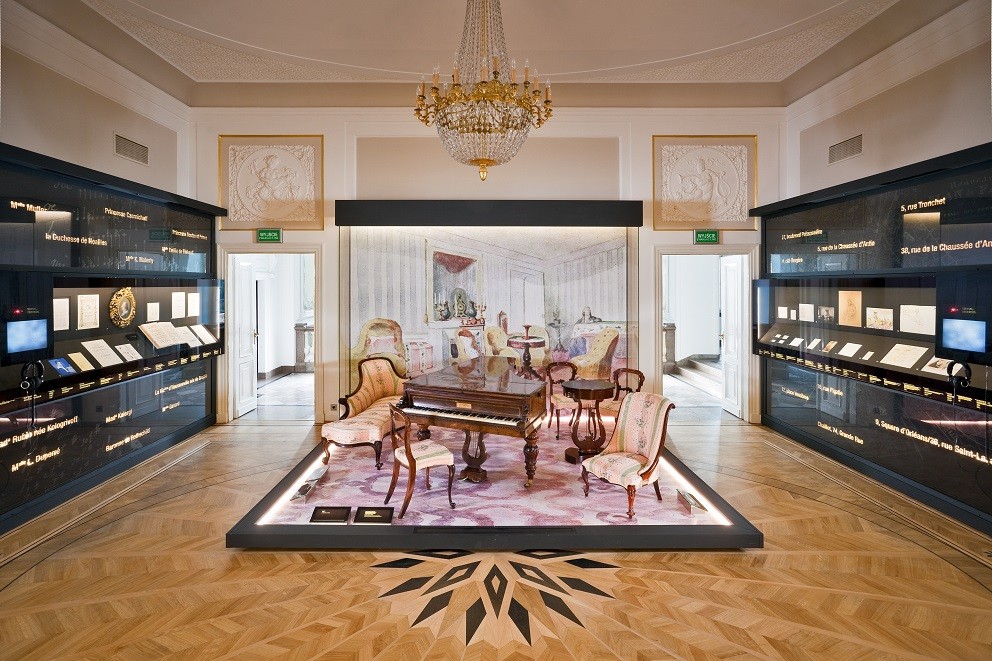 If it hadn’t been snowing so hard, I’d have definitely wanted to go to one of Warsaw’s many parks. Łazienki (see below) is one I even have bookmarked on my Google Maps, the largest park in all of Poland, full of peafowl and squirrels, with a gorgeous lake in the middle of it, and a palace—formerly a baroque bath house—dominating the whole thing. (NB: if you’re visiting in the summer months, they also have free Chopin concerts in the park on Sundays, just check the website for timings.) I also had my eye on the giant Mokotowskie Field, a former airfield and horse racing track now turned into an urban space.
If it hadn’t been snowing so hard, I’d have definitely wanted to go to one of Warsaw’s many parks. Łazienki (see below) is one I even have bookmarked on my Google Maps, the largest park in all of Poland, full of peafowl and squirrels, with a gorgeous lake in the middle of it, and a palace—formerly a baroque bath house—dominating the whole thing. (NB: if you’re visiting in the summer months, they also have free Chopin concerts in the park on Sundays, just check the website for timings.) I also had my eye on the giant Mokotowskie Field, a former airfield and horse racing track now turned into an urban space.
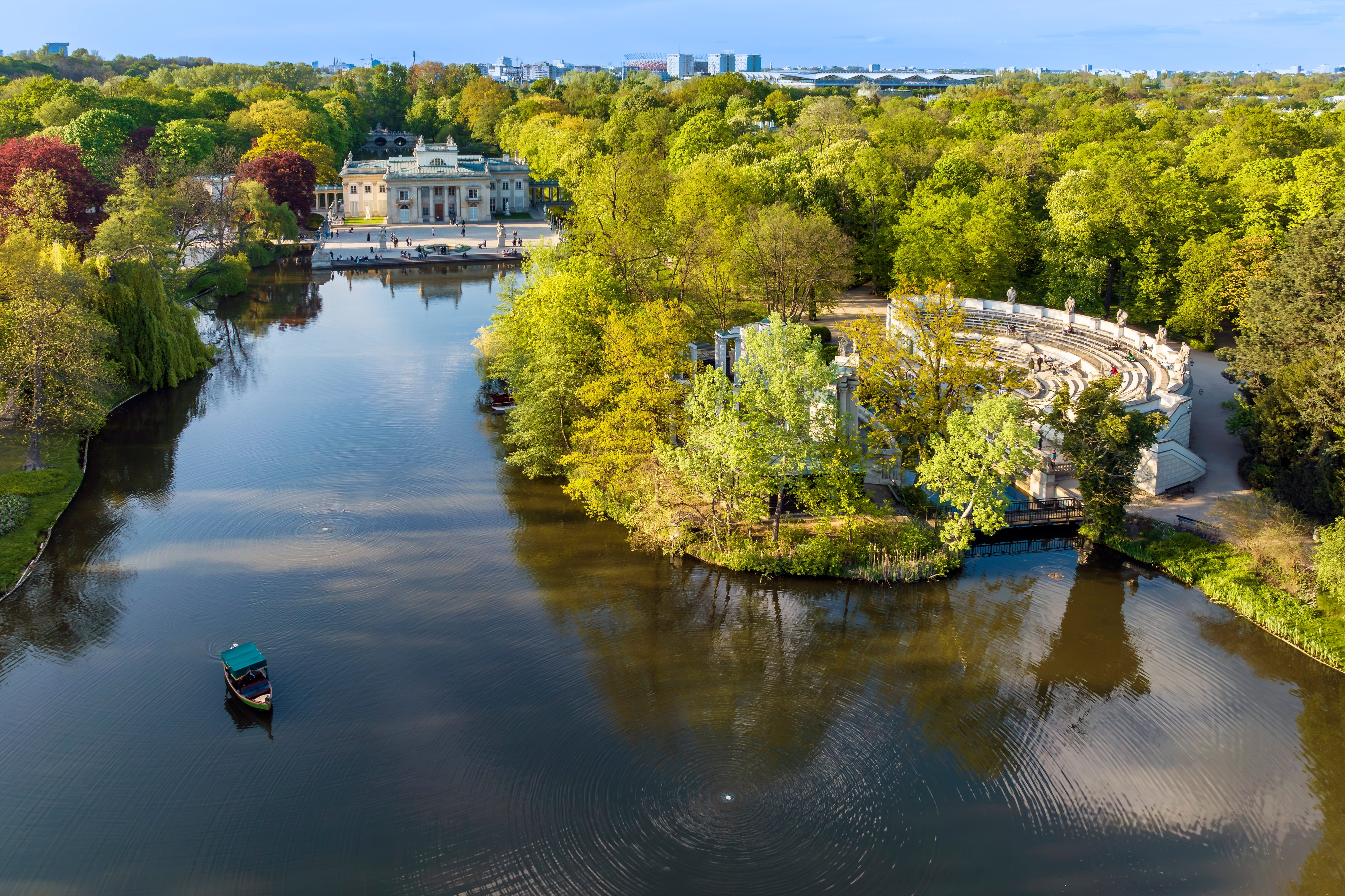
Where to shop
Regular readers of this column know I love a good vintage shop and Warsaw is bursting with them—probably why everyone looks so fashionable. I personally visited three I really liked: Lampka Komis (map) which is more curated, designer-y stuff, Alpha (map) which charges different prices based on the day of the week and encourages rummaging, and Butik Cyrkularny (map) which has your more standard, department store vibe.
Maybe clothes as souvenirs aren’t your thing? This is also a city known for cool amber jewellery; there’s many shops in the Old Town area, try Amber Warsaw Silver Line (map) if you want a specific recommendation, but you really can’t go wrong wandering into any shop with amber in its title.
Poland is also known for its ceramics, Fenek (map) is a good example of modern design, and for more traditional stuff, there’s E-Manufaktura (map), but don’t worry, all their stuff exists very much offline despite their name.
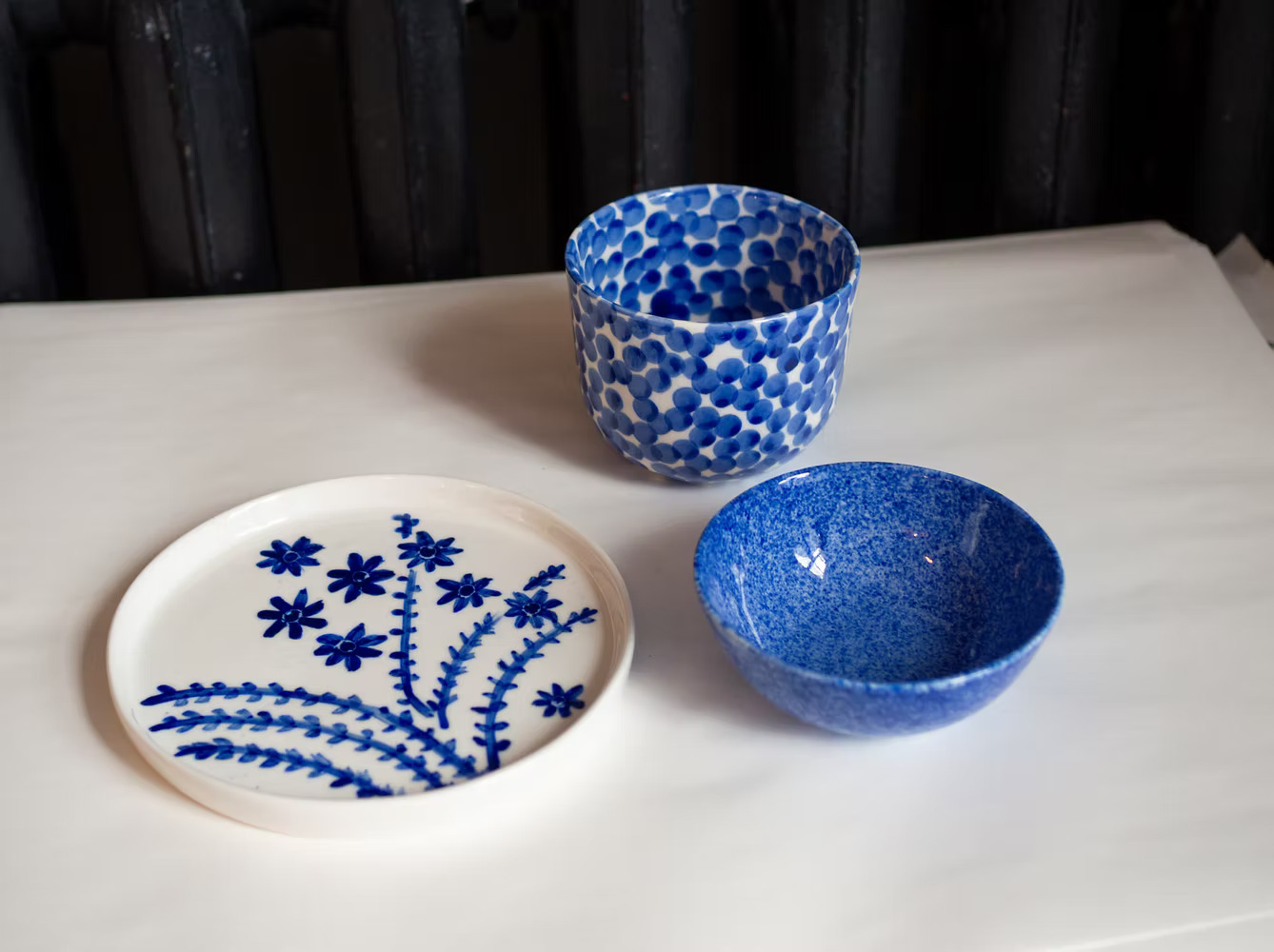 That’s Warsaw for you, a great place to start your Eastern European journey. From there, you can travel to other Polish towns, go hiking from Zakopane, enjoy more history at Krakow or even chill by the beach in Gdansk (which, if nothing else, is such a fun word to say!) or take a train directly to Berlin or Vienna, both of which I’ve written travel guides to in the past.
That’s Warsaw for you, a great place to start your Eastern European journey. From there, you can travel to other Polish towns, go hiking from Zakopane, enjoy more history at Krakow or even chill by the beach in Gdansk (which, if nothing else, is such a fun word to say!) or take a train directly to Berlin or Vienna, both of which I’ve written travel guides to in the past.
Witamy as the Polish say! Have a wonderful time.
Meenakshi Reddy Madhavan is the author of eight books, across genres: literary fiction, mythological reinterpretations, young adult and short stories. Her latest book is ‘Soft Animal’, published by Penguin Random House in 2023. She lives in Berlin and writes about it in her newsletter The Internet: Personified.
ICYMI, read Meenakshi’s fabulous guides to Rome and the Spanish coast.
Please offer comments, suggestions etc over at talktous@splainer.in—and we will send them on to her.

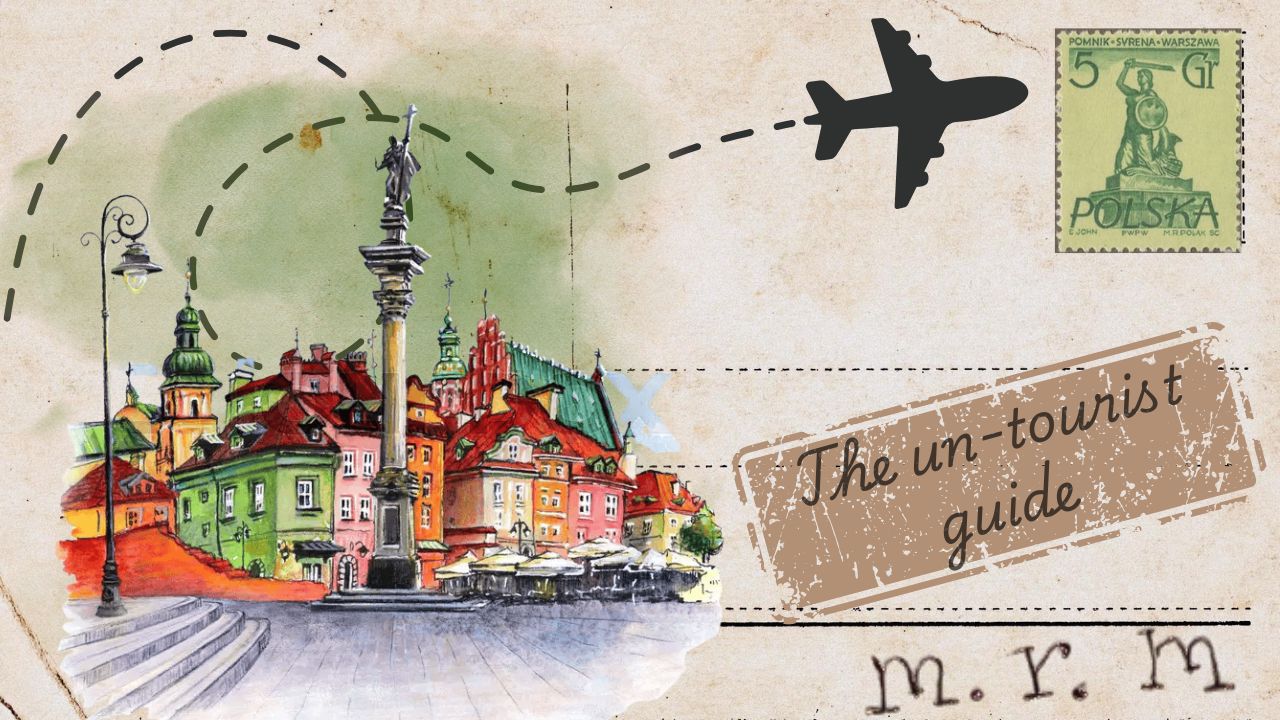
 souk picks
souk picks